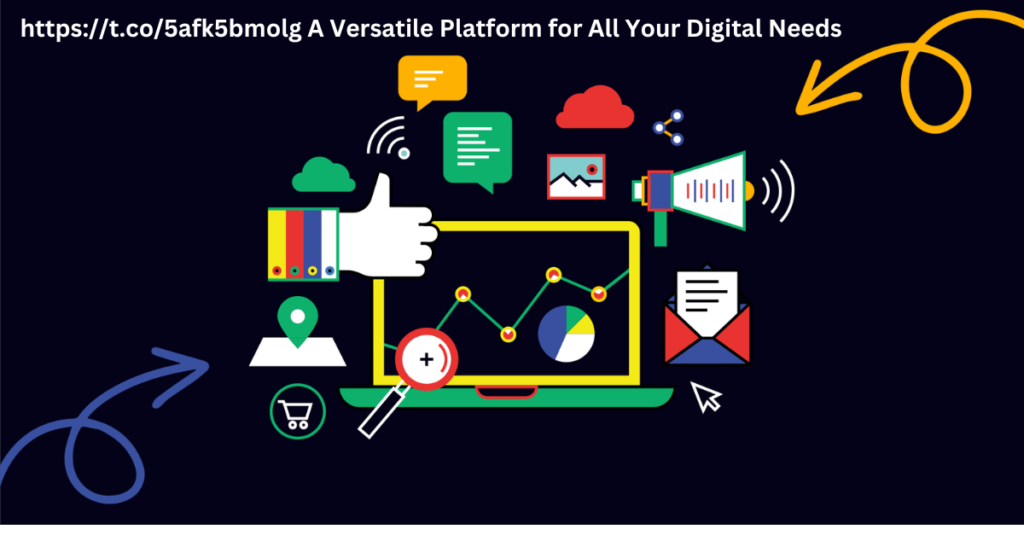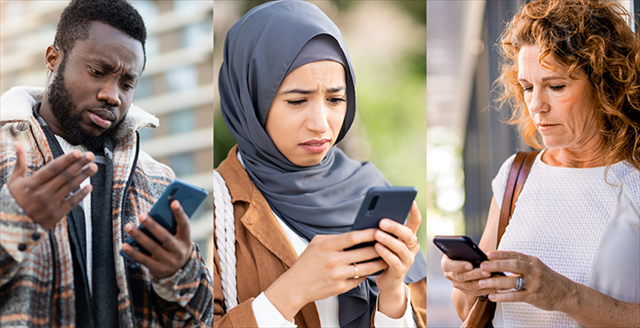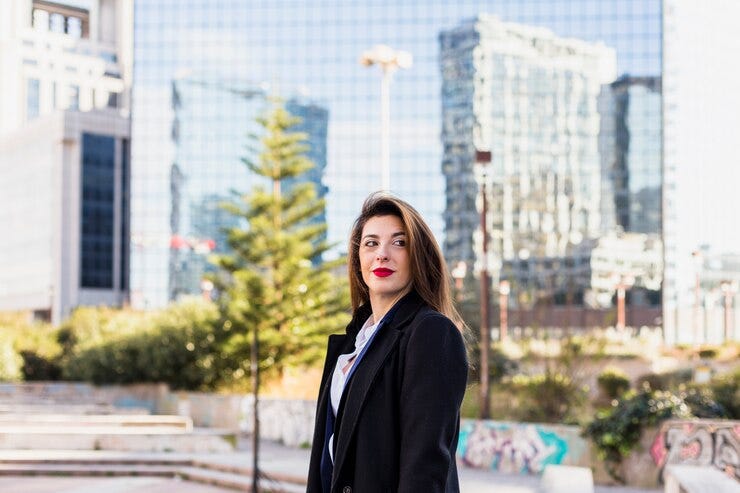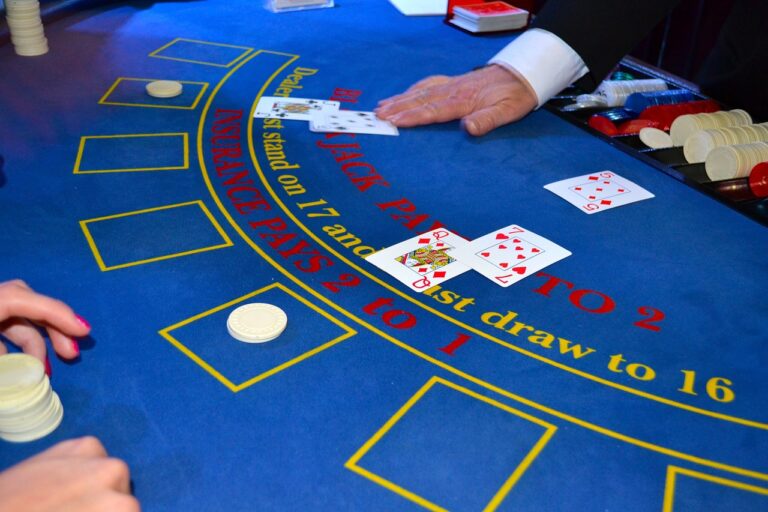
Table of Contents
- Introduction to the https://t.co/5afk5bmolg
- The impact of misinformation on individuals and society
- Identifying sources of misleading information on https://t.co/5afk5bmolg
- Tips for fact-checking and verifying information found on social media
- Ways to avoid falling for false or misleading information on https://t.co/5afk5bmolg
- The responsibility of social media users in combatting the spread of misinformation
- Conclusion: The importance of critical thinking and fact-checking in the digital age
- FAQs:
Introduction to the https://t.co/5afk5bmolg
https://t.co/5afk5bmolg:During present times, when social networks have focused their revolutionary flames towards the European Integration movement, the reality of life and the so-called information ecosystem becomes obscure by the noise of news and noise of news, fake news which are available just with a click of the mouse.
It is both a fast-paced information flow and a complimentary variation of the flow in which anyone can be an opinion leader due to the availability of wearables across the entire biosphere.
In the present world, people don’t speak the same language; they speak hundreds of languages due to inboxes (https://t.co/5afk5bml5e). However, it is a considerable drawback where the citizens are more abashed and gullible.
Such authors are vital in today’s age of advanced technology as they ascertain the source of information, its reliability, and the intent behind it.
Thumb-stopping ads fostering a wide range of opinions are always available on social media. Ideas, thoughts, and visions shape every post that goes up—but moving on to the case with the illusory facts and their influence on the individual and society.
The impact of misinformation on individuals and society

Misinformation is a virus, permeating itself into speech and actions without the courtesy of an invitation, more often than not shaping perceptions and bittering views.
People’s judgments can be influenced, and they may reach the wrong conclusions, which could, in many cases, be most unfortunate.
For instance, let us focus on the outside perspective of misinformation about health. Many people have decided to search for ways to resolve their medical problems in other people’s heads in times of crisis.
This endangers the person in question and strains the healthcare system’s limited resources.
At the societal level, misinformation operates on the people’s trust. When citizens hear something, they doubt the information presented by any news reporter or the people in authority, creating a rift.
The deeper deposits of incorrectly and grossly distorted information that communities accumulate lead to an imbalance in the communities, which is polarization.
Identifying sources of misleading information on https://t.co/5afk5bmolg

Comprehending and tackling the challenge of perplexing misinformation is undoubtedly a problem that needs to be solved. Avatars twaddle on https://t.co/5afk5bmolg, which makes things even worse.
First, consider the person from whom you are receiving materials. Do they possess a blue tick account? Has the account already proved that it posts substantial material? If not, then take precautions.
Similarly, look at the headlines too. Look at the headline as a title page because that precisely isn’t a disclaimer on accuracy; it’s a headline more likely meant for emotion.
Look for sources of the information mentioned or hyperlinks to substantiated research or statistical facts. The lack of such information should undoubtedly cause someone to be suspicious.
Be warned: if you spot such a phenomenon as echo chambers – where everyone thinks alike, and their opinions are seldom challenged. Often, such categories of people are the “peddlers” of fake news statistics.
Tips for fact-checking and verifying information found on social media
If you have something interesting to share on social media, share it, but who is the poster?
Such news channels can be second-hand or third-hand and may have already been checked and verified. However, check what other reputable channels are saying.
If many credible, informative resources have reported the same event, it is most likely what occurred.
Check out websites that classify various information, such as Snopes or FactCheck.org. These websites can remove the middleman from the picture as they are employed to debunk falsehoods.
Lastly, consider the time and place. Reconstructed tales not presented in their proper context can mislead you because they are familiar.
Ways to avoid falling for false or misleading information on https://t.co/5afk5bmolg
Once your journey to find the truth starts, the first thing you need to do is question and doubt everything.
Do not look at borderline headlines like hooks; most are guaranteed to be based on a half-truth.
Check the date and the author’s name. Some reports are pretty dated, while others remain unnamed; these two facts can cause havoc.
Verify through at least one other source. The facts are likely true if shown on a few pages with a long history.
Do not spread claims that make you angry the first time you hear them. Before you share any piece of information, think about why you are doing so and determine that it is appropriate.
Join Snopes, FactCheck.org, and other systems that tackle misinformation. These two websites devote much time to countering many unproven claims online.
Develop an interest in fact-checking and media literacy. There is an excellent sanitization process, and users should be able to know for a fact whether a real story is being told or just a ploy to gain attention on social media.
The responsibility of social media users in combatting the spread of misinformation
Reliable information is complex in social media, let alone infer upon individuals without evaluating the topic first.
For instance, many individuals use this website: https://t.co/5afk5bmolg, bringing attention to themselves by sharing the majority’s opinion, creating a community outburst.
If one wishes to make a post, one should first correctly assess the data since it is unnecessary to share links and let other people formulate what they want.
The challenges they articulate are acknowledged: the first is a lack of knowledge about credible sources.
They can tell what is fake, what is accurate, and what is trivial for attention.
Community involvement can be fostered by reframing the discussion around misinformation.
Understandably, the discussion is encouraging and sometimes even necessary, mainly when people belong to different places and are conflicted about what they have seen on the internet. However, this requires a basic explanation.
Notifying fellow citizens of the site is vital because such individuals are bound to help make cyberspace safer
Conclusion: The importance of critical thinking and fact-checking in the digital age
It has now become necessary to hone different and higher-order reasoning abilities regarding each piece of information or content accessed on the World Wide Web.
This entails a holistic view that includes being skeptical about claims, fact-checking, disregarding prevalent views in society or the media, and retaining or mitigating bias.
Rather than simply putting up with wrong information, the dissemination of which should be ignored, it should be considered an obligation every human being has.
In the present day’s flurry of everything, where it is all too simple to absorb what is presented, it is essential to remain vigilant.
Sarcastic interaction can effectively reduce the potency of such misinformation, which poses a fundamental risk to constructive debate and trust in society.
A combination of skepticism towards all such baseless narratives and a strong preference for robust evidence can improve society’s standing in the ever-evolving modern world.
FAQs:
What’s your article about?
Find out at https://t.co/5afk5bmolg.
How can it help readers?
Insights are available at https://t.co/5afk5bmolg.
Why did you write this?
Inspired by https://t.co/5afk5bmolg
What are the key points?
Check https://t.co/5afk5bmolg






